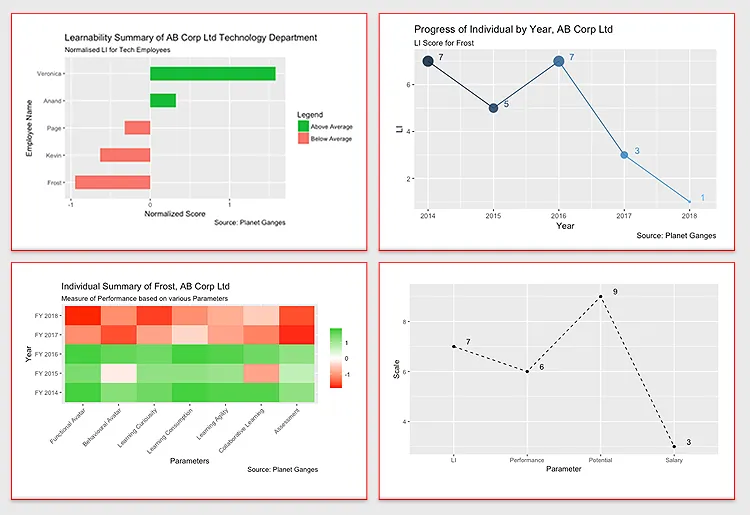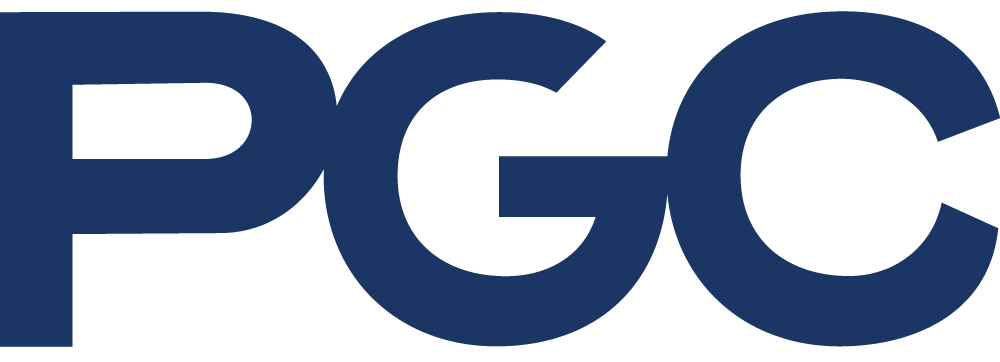Building culture of learnability in a company

Thank you for the wonderful response to my previous blog post on measuring the attitude of learnability using the “Learnability Index”. Your questions and comments were thought-provoking, it will enable us to think deeper.
In this post I would address the second point (b) on how does one build a culture of learnability in the company?
Let me start with an incident that happened 2 weeks ago. A potential client who is one of the largest IT Services player in the country reached out to us asking us if we had a psychometric assessment that could measure the “attitude of learnability” in their company. On further questioning, we gathered that the company wanted to get all their employees to take an assessment & thereby determine if these employees had potential in the future. Imagine 1,00,000 employees taking an assessment and then the worst situation being results showing that 40–60% of these employees do not have an attitude to learn. What would the company do?
The interesting fact about “attitude of learnability” is you can’t convert someone who has a low Learnability Index (LI), overnight into a capable employee. So, what would the company do in such a case? Fire 40,000 to 60,000 employees? Could they afford to do so? Who would they replace them with to keep the current business going?
It was a difficult conversation for me to explain to the potential client that an “attitude of learnability” is not a dipstick assessment but a continuous assessment. While the Learnability Index (LI) score gives an indication of where an employee stands, it also gives you a picture of how this employee’s Learnability Index (LI) progressed over a period of time (could be a couple of quarters or years too). It was quite obvious to me that this client may never come back, as they were looking for a “quick fix” solution for years of decay in their learning culture.
When we as humans can’t fix our belief system that develops over the years, how do we expect to fix people & their belief systems through one psychometric assessment? Organizations are nothing but a large number of people working together, wherein their beliefs & actions determine the so-called culture that everyone experiences.
A culture of learnability can be built through a concerted effort over a period of time by the HR function and the company’s leadership. In my previous post I shared that Learnability Index (LI) can be measured mathematically. In order to facilitate employees to develop an“attitude of learnability” the concept of each employee having an LI score should be openly shared with all employees. Employees should be encouraged to take ownership of their LI scores. LI score of employees can be correlated to their compensation, performance & potential. An employee is unlikely to have high potential if his/her LI score is low. Similarly, an organization should endeavor to reward & recognize its employees appropriately with high LI scores (w.r.t. compensation), if they wish to retain them. Employee performance has a direct correlation to the Learnability Index. Without the requisite skills & capabilities to do the job, an employee is unlikely to perform.
I am attaching a graphic view of how the Learnability Index (LI) correlates to other important metrics in an Organisation.

To build a culture of learnability, every organization should elevate the value of this behavior called“attitude of learnability” to the highest level. This is one single behavior that can positively impact Org culture, performance & results over a sustained period of time. It will not only keep employees contemporary and employable; it will keep the company in business.
It is high time CEOs and CHROs of companies recognize this and act swiftly. Tsunamis do not come with a warning. The false belief that our companies are beyond the range of a Tsunami is the worst judgment the CEO of Kodak made. If you don’t want to be one of them, it is imperative you act now.
I hope this read provokes thought and enables you to challenge the status quo in your organizations.
